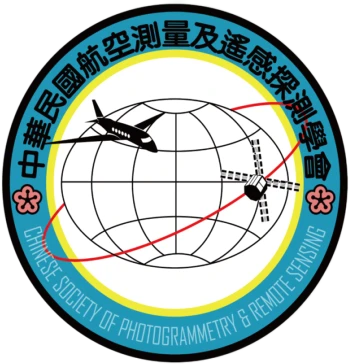Nowadays, most satellite imagery vendors offer rational polynomial coefficients (RPCs) to users for processing geometric information. Although known RPCs in rational function model (RFM) would give explicit object-to-image correspondence, the physical meaning of the parameters is hard to be interpreted. Especially, when faced with underwater object points, the object-to-image correspondence cannot be directly realized by these RPCs due to the refraction effect. To cope with this situation, this study proposes an alternative way in the imaging rays under RFM and refraction effect to determine both the water surface and underwater object points. A generalized least-squares adjustment with constraints is developed to well handle functional and stochastic models. To its essence provided that the water surface is totally unknown, the refraction vectors under the water varying with estimated water surface through each iteration results in a weak geometry and leads to unstable solutions. In addition to revealing the characteristics of aforementioned object-to-image correspondence, this study explores how the underwater object point and water surface determination would benefit from the prior observations of water surface, vertical control point, full control point, and even water depth. The effect of using multiple points is also investigated in this study. In experiment part, this study uses not only simulation data but also real satellite imagery to verify the feasibility of the proposed model. And it can be summarized that the quality of water surface, either through priori information or derived from control information, is crucial to the positioning performance of underwater object points. The accuracy of water depth better than 2m, under employed satellite imagery, would supply water surface with 1-2 pixels positioning quality, and even bring about superior underwater object point coordinates as compared to when they are to be determined through perfect water surface.

